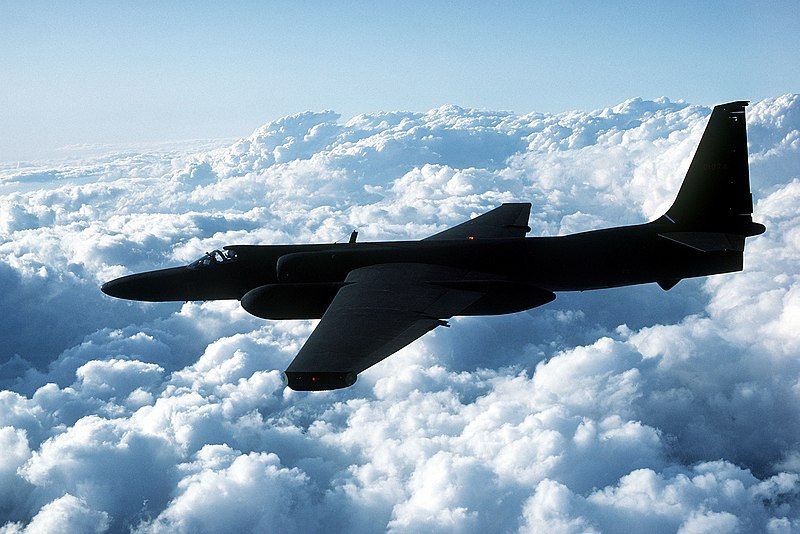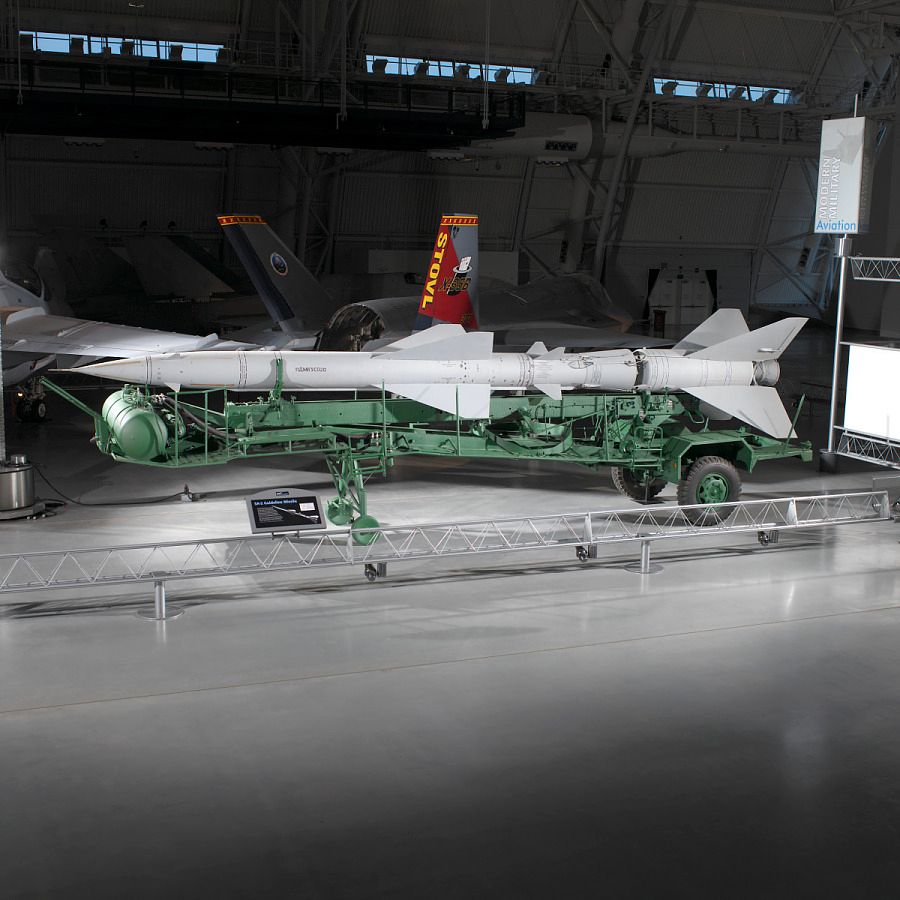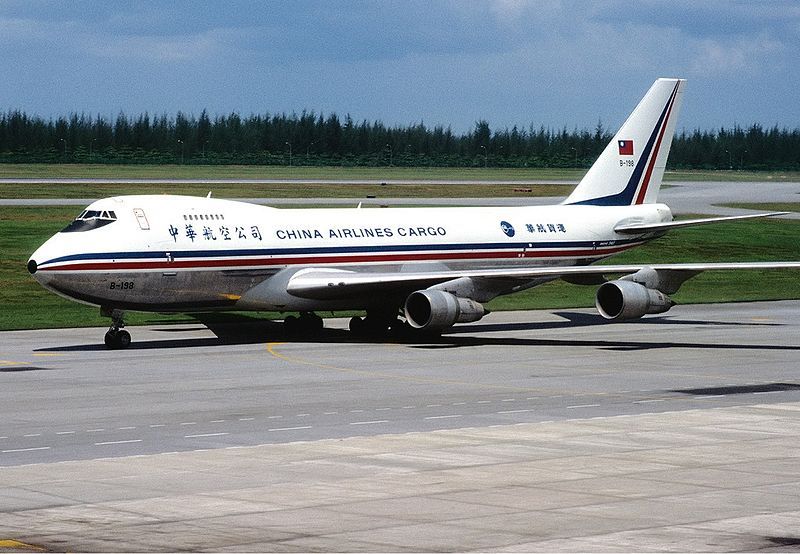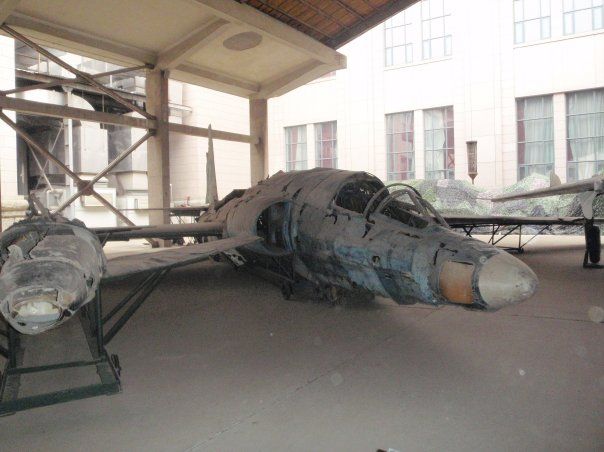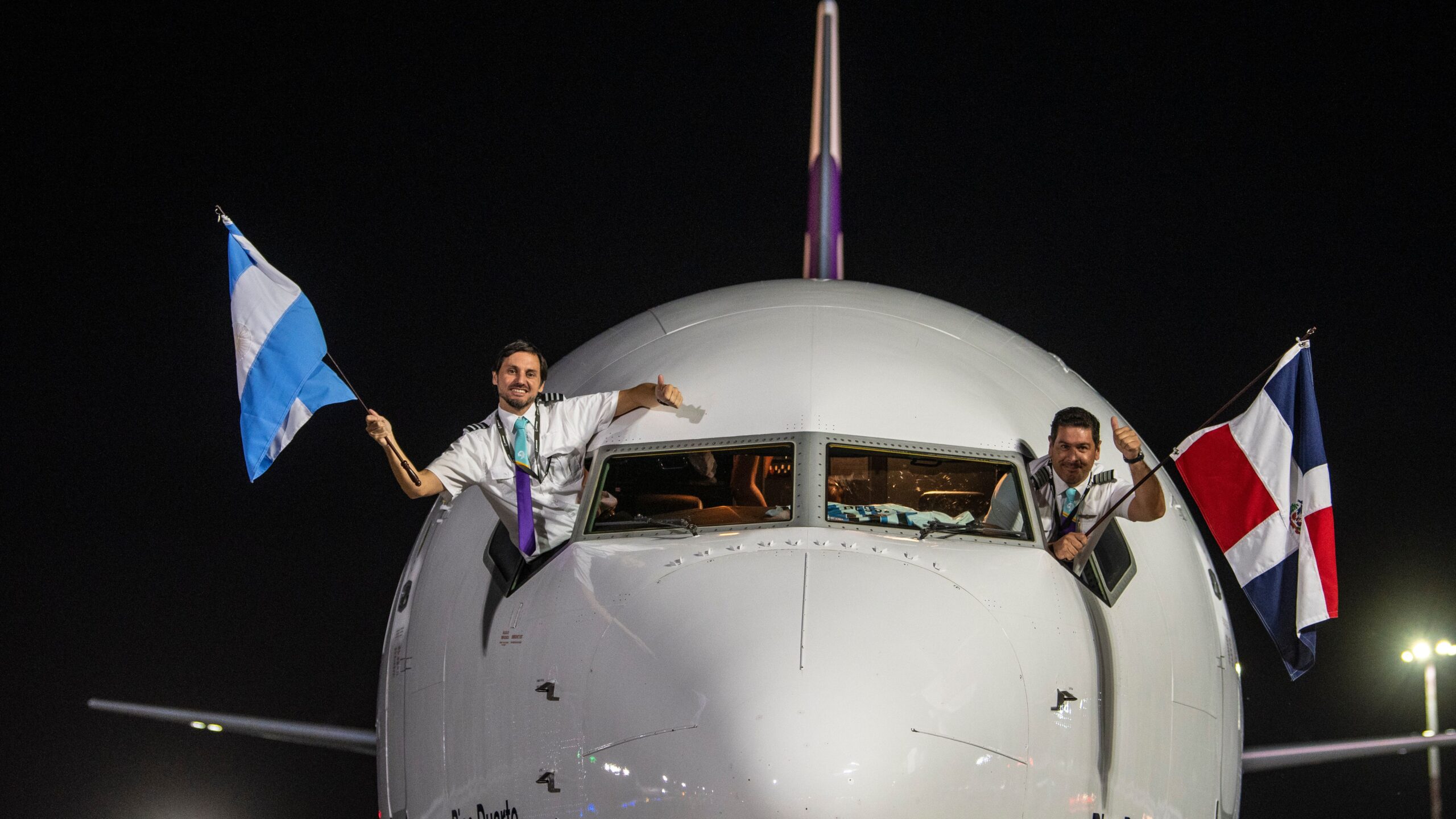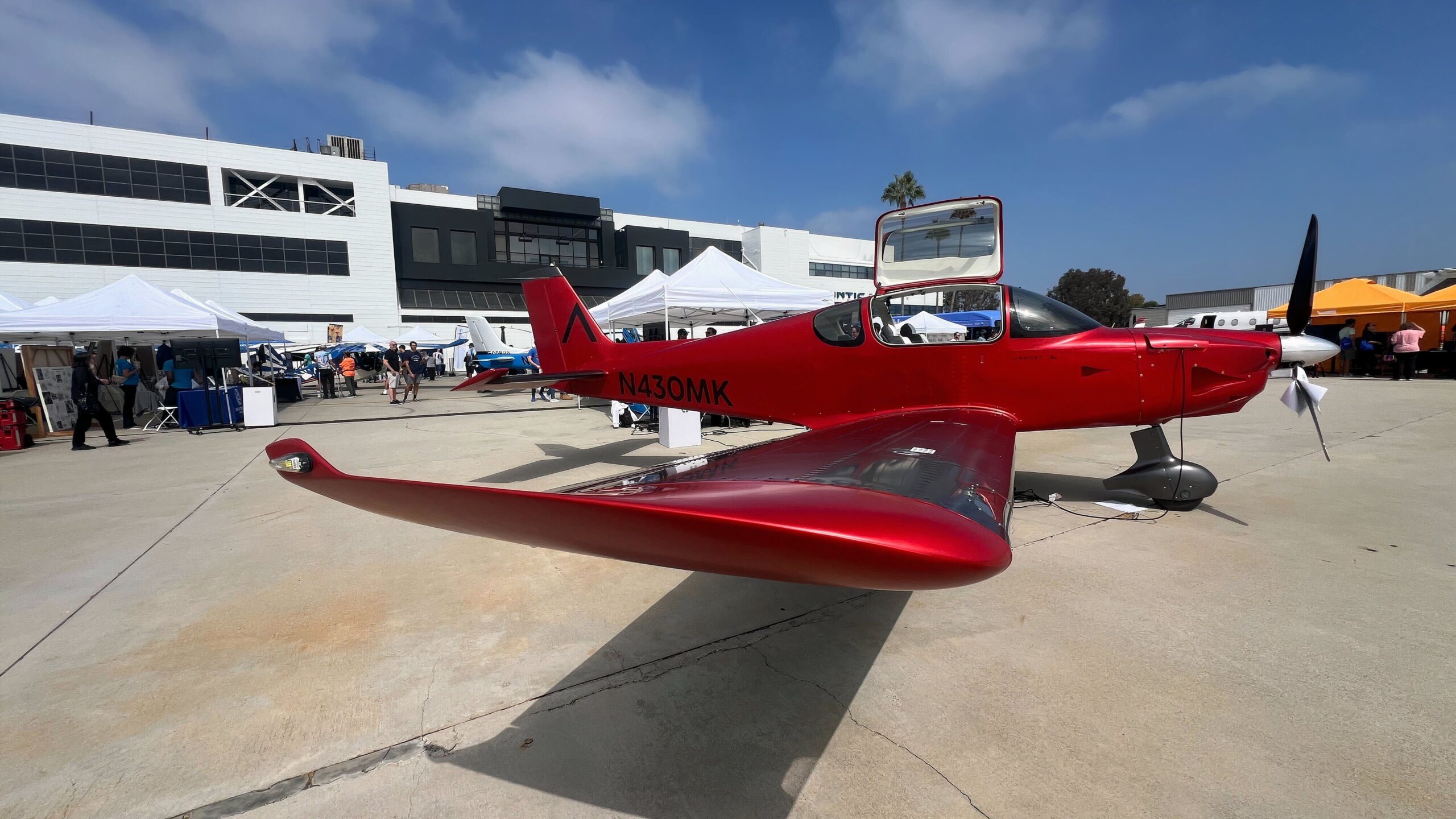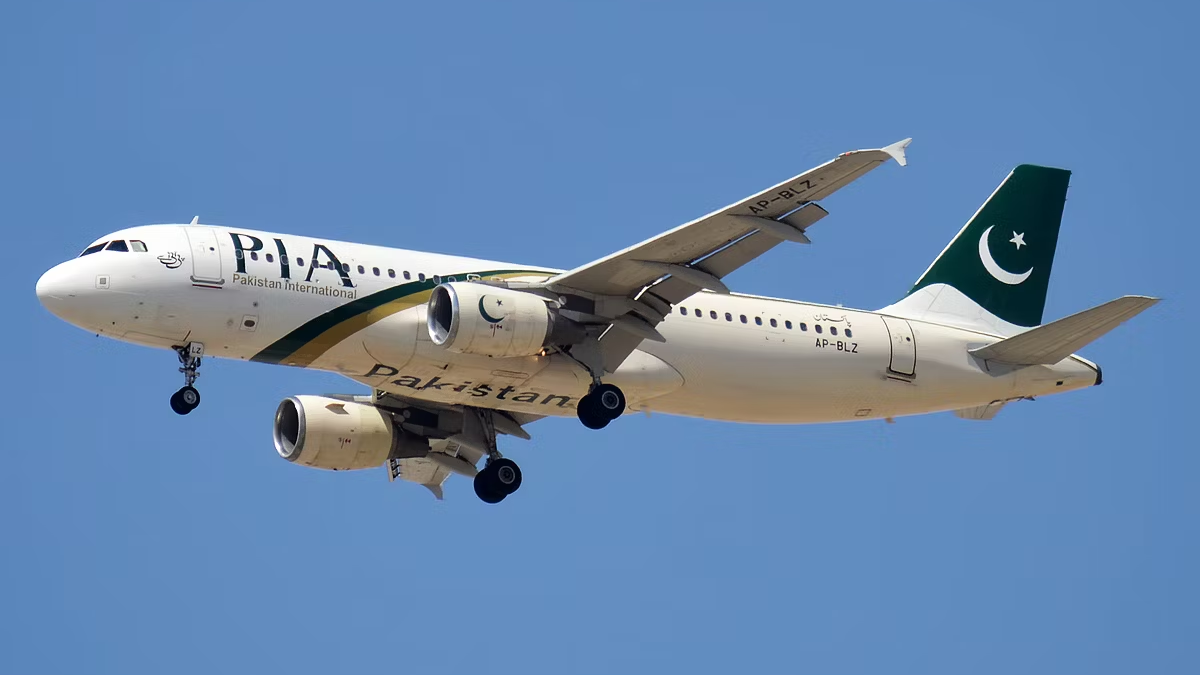Dear readers, I must confess, this is a profoundly depressing story for me to write. Though the United States of America ultimately did win the Cold War by virtue of the collapse of the Soviet Union in 1991, my country and her allies suffered many a humiliating defeat and setback along the way, from the Vietnam War, to the Soviets beating America into unmanned (Sputnik) and manned space flight (Yuri Gagarin), to the Soviet shootdown of U-2 Dragon spy plane pilot Francis Gary Powers on May 1, 1960.
In the Soviet Union, May 1 was a major public holiday known as May Day, AKA International Workers Day, which served to give even more propaganda points to their shootdown of Mr. Powers’s plane.
But it turns out that the Soviets weren’t the only Cold War Communist adversary to shoot down an American-made U-2. And to add insult to injury, the enemy nation in question that we’ll be covering in this story did *not* collapse when the Cold War ended and still very much exists as a threat to peace and freedom today.
Simple Flying now shares the story of how and when Red China shot down not just one, nor just two, or even three or four…but nay, a mind-boggling FIVE of the precious U-2 Dragon Lady spy planes.
The Basics
The primary source of information for this story comes from CNN, in an article written by Brad Lendon and Wayne Chang and published on March 10, 2023. As they explain:
“Those losses haven’t been as widely reported as might be expected – and for good reason. The Central Intelligence Agency (CIA), which was responsible for all of America’s U-2s at the time the planes were shot down, has never officially explained what they were doing there.”
“Adding to the mystery was that the planes were being flown not by US pilots nor under a US flag, but by pilots from Taiwan who, in a striking parallel to today’s balloon saga, claimed to be involved in a weather research initiative.”
Unlike a lot of Cold War missions which have been fully declassified — the US Federal government has a general rule of 25 years for automatic declassification of sensitive material, and it’s now been 32 years and 9 months since the Cold War ended — the details of these Taiwanese-piloted U-2 missions remain very hush-hush 50-plus years later.
This is probably due at least in part to the fact that the ROCAF (Republic of China Air Force; 中华民国空军/zhōnghuá mínguó kōngjūn) Dragon Lady drivers, who were ostensibly assigned to the “Weather Reconnaissance and Research Section (气象侦察及研究组/Qìxiàng Zhēnchá Jí Yánjiūzǔ)” were actually gathering intelligence on Red China’s then-nascent nuclear missile program (which was receiving assistance from the Soviet Union prior to the Sino-Soviet split)…and of course the Chicom nuke threat remains very real today.
Beneath that euphemistic “Weather Reconnaissance and Research Section” cover identity, these intrepid and unsung Taiwanese U-2 heroes were actually known as the Black Cat Squadron (黑貓中隊; Hēimāo Zhōngduì) (or more formally, the 35th Squadron).
How and why it happened
The Black Cats began their daring missions in 1961 — serving under the leadership of Colonel (上校/Shàngxiào) Lu Xiliang (盧錫良), who would become the unit’s longest-serving squadron commander — and carried them out until 1974. Embarking ut of Taoyuan Air Base (ICAO: RCGM; southeast of Taipei’s civilian Taoyuan International Airport [ICAO: TOE]), they were furnished with a total of 19 U-2 airframes, with 26 ROCAF pilots successfully completing U-2 training in the US and flying 220 operational missions over the 14-year span, with about half of those missions overflying the People’s Republic of China (PRC).
So, it turns out that the five Black Cats U-2s weren’t all shot down in a single engagement (mea culpa, that was the initial impression I’d gotten when I first saw the working title of this writing assignment), but rather over the entirety of the history of the 35th Squadron’s missions, codenamed Operation Razor.
Among the first of the ROCAF pilots to fly the U-2 on the Razor missions was Mike Hua:
““The cover story was that the ROC (air force) had purchased the aircraft, that bore the (Taiwanese) national insignia. … To avoid being confused with other air force organizations stationed in Taoyuan, the section became the 35th Squadron with the Black Cat as its insignia…The missions covered the vast interior of the Chinese mainland, where almost no aerial photographs had ever been taken…’Each mission brought back an aerial photographic map of roughly 100 miles wide by 2,000 miles long, which revealed not only the precise location of a target, but also the activities on the ground.”
In addition, Mr. Hua noted that there were American personnel working with the Black Cat pilots at Taoyuan, helping to maintain the aircraft and process the information, known as Detachment H:
“‘All US personnel were ostensibly employees of the Lockheed Aircraft Company.’”
Once the Soviets figured out how to shoot down the U-2 with S-75 Dvina (NATO reporting name: SA-2 “Guideline”) surface-to-air missile (SAM), it was easy enough for the ChiComs to figure out how to follow suit. The Dragon Lady wasn’t a stealth aircraft and therefore wasn’t invisible to radar, and with a max airspeed of Mach 0.715 (412 kn; 470 mph; 760 km/h), the U-2 wasn’t fast enough to outrun missiles like another famous Skunk Works spy plane, the SR-71 Blackbird, which remains the fastest air-breathing aircraft ever made (Mach 3+).
What’s more, the Red Chinese SA-2 SAM crew may have been aided by a traitor within the ROCAF ranks. According to the YouTube video I shared above, one of the U-2 pilots, Wang Xijue (AKA Wang Hsi-chueh/王錫爵), is strongly suspected of having relayed his colleagues’ flight routes to the enemy. In 1986, he conveniently and coincidentally defected to the PRC via China Airlines Flight 334, a Boeing 747-2R7F/SCD freighter aircraft, claiming he had “returned home.”
In any event, here are the particulars of the five ROCAF U-2s shot down over Red China:
- September 9, 1962: U-2C N.378 – Major (中校/Tiong-hāu) Chen Huai (killed)
- November 1, 1963: U-2C N.355 – Major Yeh Changti (captured, released in 1982), shot down by Yue Zhenghua’s Second Battalion (SA-2 SAM battery)
- July 7, 1964: U-2G N.362 – Lt. Colonel (上校/Siōng-hāu) ChenLee Nanpin (killed), shot down over Fujian by Zhenghua’s Second Battalion.
- January 10, 1965: U-2C N.358 – Major Chang Liyi (captured, released in 1982), shot down over Baotou by Wang Lin and his First Battalion
- September 8, 1967: U-2C N.373 – Captain (少校/Siáu-hāu) Huang Jungpei (killed), shot down over Jiaxing by Xia Cunfeng and the 14th Battalion
Where are they now?
At least one of the downed U-2s, U-2C 56-6691 (AKA N.358, the one flown by Major Chang Liyi), is on display as a captured war trophy at a PRC museum, namely the Military Museum of the Chinese People’s Revolution in Haidan, Beijing.
The last of the ROCAF DRagon Ladies were returned to the US Air Force by July 29, 1974, flying from Taoyuan Air Base to Edwards AFB, California.
As for the surviving Black Cat pilots themselves, the CNN reporters don’t tell us of Mike Hua’s current whereabouts. However, we do know the following:
- Col. Lu Xiliang and his family immigrated to Los Angeles in 1986, where he became an ardent activist for ROCAF prisoners of war (POWs’) rights, particularly the right of POWs to return to Taiwan to reunite with their families after imprisonment in the PRC. Col. Lu passed away on December 15, 2008.
- Six other former Black Cats resettled in the US: Zhuang Renliang (莊人亮), Wang Taiyou (王太佑) in Los Angeles, Yeh Changti in Texas, Hua Xijun (華錫鈞) in Maryland, and the deputy squadron commander Yang Shiju (楊世駒) in Las Vegas.


